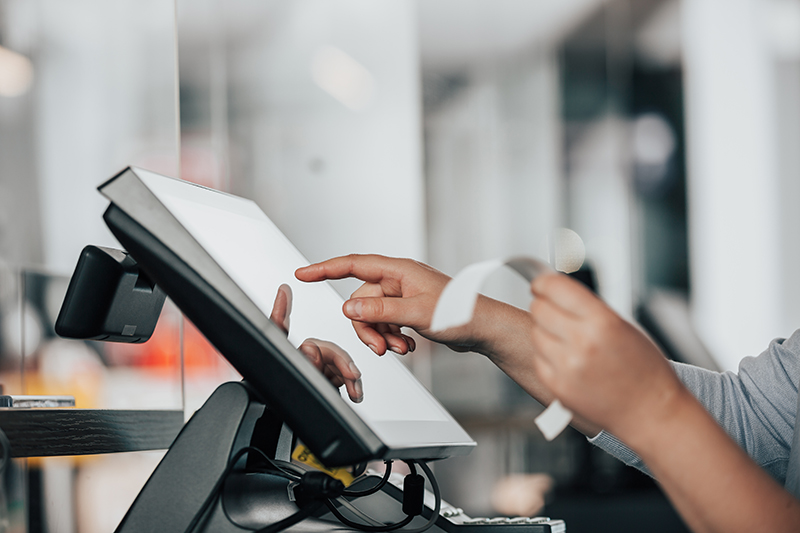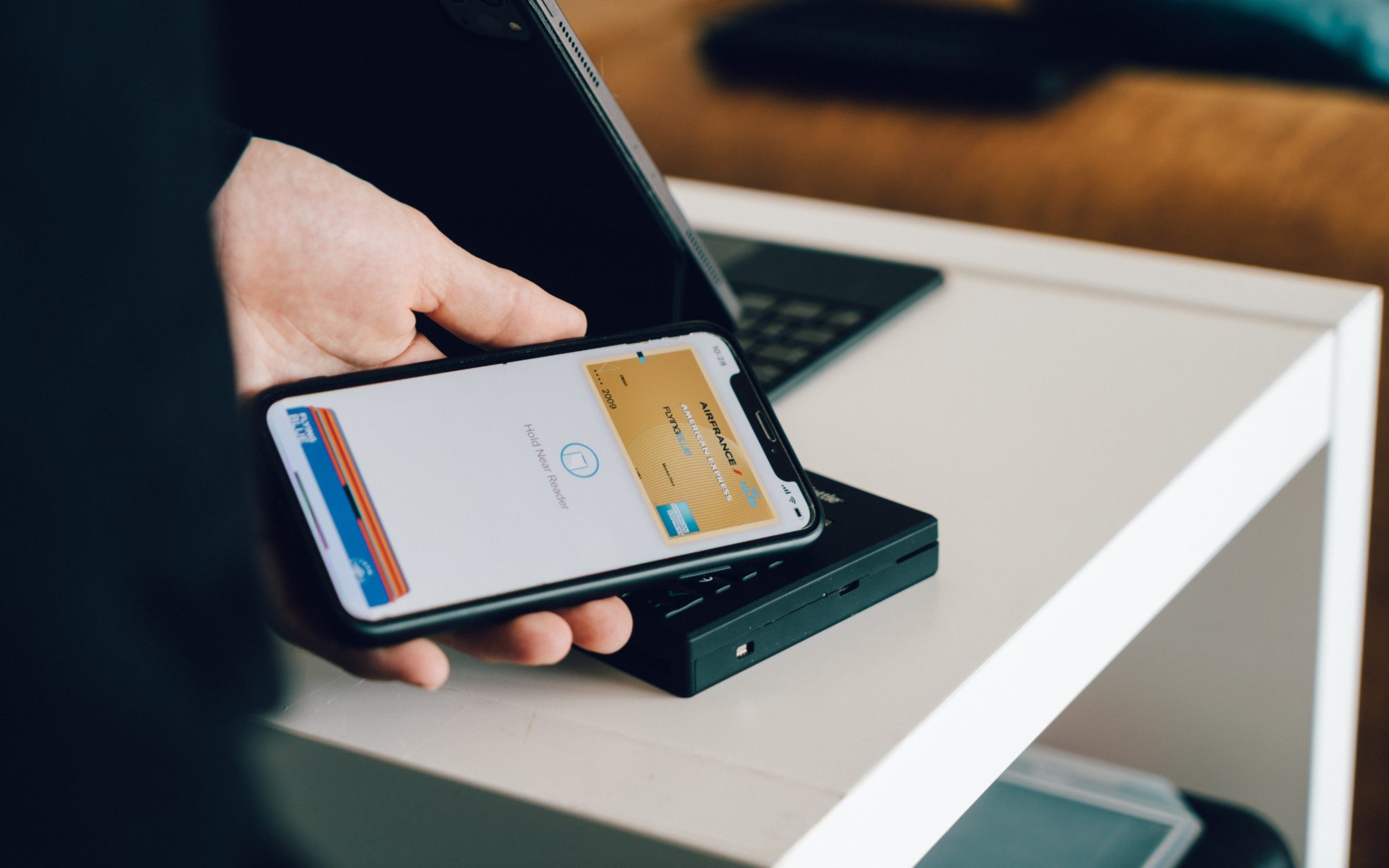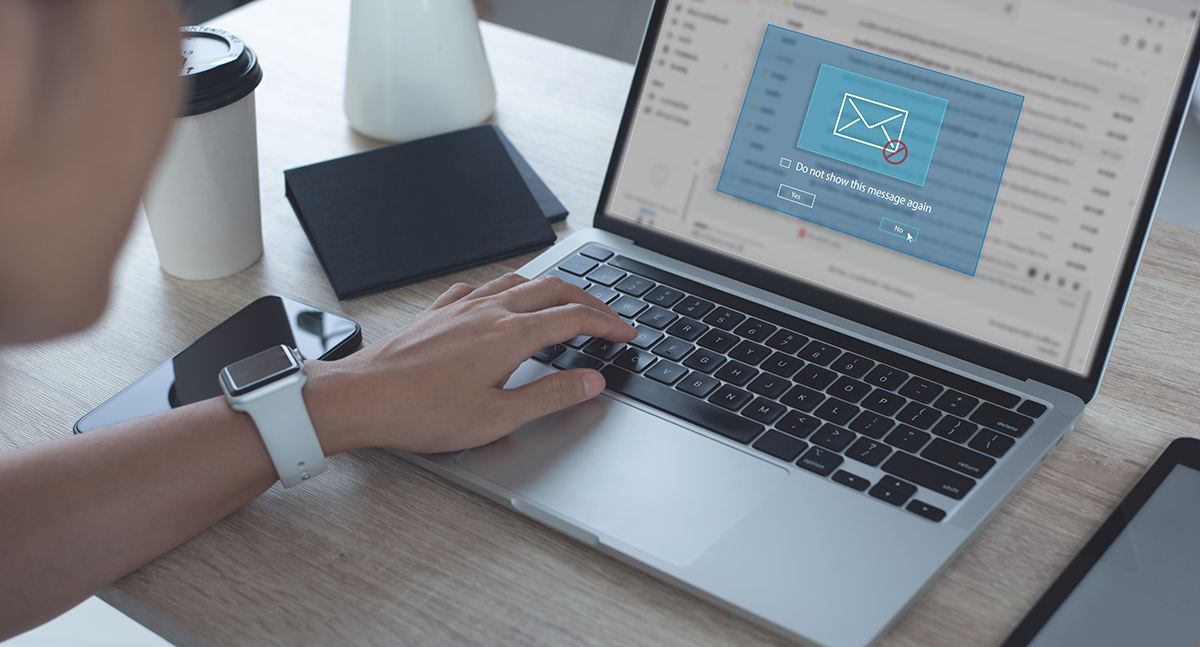By Molly Michalenoick
Let’s talk about retail in today’s world. Large corporations, like Walmart, are using self-checkout, customer kiosks, interactive displays, buy online and pick up in-store, and the list goes on! New Google apps will let online shoppers even try on clothing virtually so they never need to leave the couch. Many retailers are now asking themselves where the value of human contact went! Gone are the days when the cashier will not only help you find the garment, but share the knowledge of where it came from, the type of fabric, and how to care for it. Nowadays, just Google it! But, some may be surprised to learn that 86% of buyers would be willing to pay extra for better customer experience (Forbes). How can we use this ever-changing technology to not only offer the convenience that it is meant for but to also form closer relationships with our customers?
Many consumers will tell you, “It’s the little things”. Why are we driving the extra couple miles to go to CVS, instead of a competitor, like Walgreens? Many customers drive the extra mile because the retailer goes the extra mile. When I shop at CVS, I know I can return any items that I am unsatisfied with, I know that the inventory manager (who has been there for years) is great at matching foundation to my skin tone, and I know that my CVS Extracare card can earn me rewards, and incentivize me to shop there next time I need to stock up on soap. Customer experience is a major contributor to the success of CVS, and any other business looking to grow. This is a great example of technology, and the human factor coming together for an overall improved customer experience.
 Now, back to reality. Most small business owners do not have the horsepower to become the robust service/marketing machine that is CVS, or Walmart. However, there are a number of tools available to you today that can help establish your presence in the marketplace.
Now, back to reality. Most small business owners do not have the horsepower to become the robust service/marketing machine that is CVS, or Walmart. However, there are a number of tools available to you today that can help establish your presence in the marketplace.
The first step to getting your customers to come back is to offer products and/or services that are relevant to them, specifically. If you go into your local coffee shop every morning and order a latte, you’re not going to appreciate a coupon for green tea. Tom Lamb, CMO of Lowe’s writes “good relationship marketing meets the consumer on their terms by getting to the point where a company can anticipate their needs” (Forbes, 2013). Having the ability to segment your customers, and target them based on their buying habits is crucial to successful customer relationship management. This will let your audience know that you care about them, personally, and you want to educate and incentivize them based on their interests.
I recently heard a brilliant example of this practice in action. A small-town garden center used its email marketing program to send out a follow-up email for all customers who purchased a rose bush within this season. The email addresses were captured in order to send receipts for a “going green” initiative (no pun intended) that the garden center was having. The follow-up email consisted of care instructions, and best practices for the plant; more importantly, a coupon for special soil that had recently arrived in the shop, specifically for rose bushes. The savvy shoppers, of course, came back to redeem their coupon on the soil. Surrounding the location of the soil, the new watering hose attachment for gentle plant watering awaits, 15% off with the purchase of soil! The consumers are now educated by their trusty local garden experts on how to care for their recently purchased rose bush, and recognize that they are special because they’re getting coupons on just what they want and/or need.
Now let’s say I’d love to shop at this garden center but can’t find it, what do I do? Get on my smartphone and search for it on the internet, of course!
The next step to engaging your customers involves making sure they can find you anywhere. This means in-store, online, social media, sidewalk sales, and relevant events. Promoting your brand, and making it easy for customers to find you, and buy your products is critical. Trust me, if you aren’t doing this, your competition will be. Sure, it could just be as easy as a phone call to find your address and store hours, but most millennials these days will skip to the next option if they are not able to find you on the internet (especially if you’re not on the first page). According to CNB Marketing, ‘half of the potential sales are lost due to people not being able to easily find information on a website. For those of you who may be lingering on the second or third page of Google, or have an outdated website, this fact is for you, “40% of shoppers will wait no more than three seconds before abandoning a retail or travel site”. This means it is not enough to simply have an ecommerce site; it must be maintained, updated, optimized for mobile, and integrate with social media. Following these practices will help build your organic ranking on internet searches, improve SEO, and ultimately promote sales.
Now that you’ve gotten customers in the door, it’s up to your staff to convert these visits into sales. Empowering your employees to educate your customers will result in up-selling, more items sold per ticket, and an overall increase in customer satisfaction and engagement. Even a seasonal shop or retail store with high inventory turnover can easily educate their employees on, on-the-fly, by offering product notes (upon item scanning), up-selling questions and product kits, and detailed descriptions. A great example of this is something that I often see in liquor stores. College students coming to work part-time during the summer and holidays to get their boozy discounts, may not know that a Pino Noir is red wine. However, to help their employees, the liquor store created custom buttons on their point of sale (POS) screen.

Categories or filters can be created as ‘hot buttons’ in order to educate customers per their requests. If a customer comes in looking for Australian wine, this can be quickly suggested by utilizing a simple filter at the POS screen. If a customer wants suggestions based on taste, price, or age- this can also be searched to bring up all inventory matching that search (as long as these characteristics are recorded in the item record).
Items may also have tag-a-longs for upselling, which can be especially important for a low-profit margin industry. For example, “would you like to purchase a wine opener with that?” or “are you going to need batteries for this item?” Questions such as these can have a surprising impact on your bottom line if not asked consistently by your staff. Don’t worry, there is technology available that will be there to remind them.
Overall, technology should not be feared but embraced by the retail market. New opportunities exist around every email address captured, every drink recipe that can convince a customer to buy the orange juice with champagne, and every Facebook post featuring the cocktail of the week. Using technology in new, and creative ways can increase your presence, and influence your customer’s buying habits.
For more information on any features mentioned in this blog, contact The RCS Sales Team at 800.417.3030 option 1.



